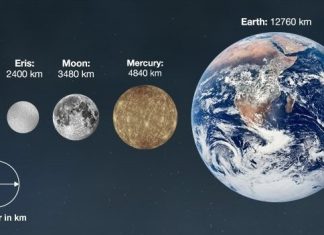
A novel strategy may help astronomers better target extraterrestrial intelligent life. Dr. Michael Gillon, of the University of Liege in Belgium, proposes an approach that would monitor the regions of nearby stars to search for interstellar communication devices.
The most common method in the search for extraterrestrial intelligence (abbreviated as SETI) is the use of giant radio dishes to scan the stars, listening for possible faint signals coming from distant civilizations.
While the SETI institute has been hard at work since 1959 we haven’t chanced upon a signal yet. But that doesn’t mean we’re alone or that we should stop looking.
Even without a confirmed extraterrestrial signal, most astronomers would argue that recent discoveries have strongly reinforced the hypothesis that extraterrestrial life may just be abundant in the Universe. With the help of the Kepler Space Telescope we have learned that planets are plentiful throughout the Milky Way. With most stars harboring at least one planet, it’s conceivable that a few of those planets will have the right conditions for life.
So why haven’t we detected extraterrestrial intelligent life? Why do we have this glaring Fermi Paradox — the apparent contradiction between the high probability of extraterrestrial civilizations’ existence and the lack of contact with such civilizations?
One hypotheses to explain the famous Fermi Paradox is that self-replicating probes could have explored the whole Galaxy, including our Solar System, but we just haven’t detected them yet. A self-replicating probe is one sent to a nearby planetary system where it would mine raw materials to create a replica of itself that would then head towards other nearby systems, continuing to replicate itself along the way.
While our own technological civilization is less than two hundred years old, we have already sent robotic probes to a large number of bodies in our Solar System and beyond. Our furthest-reaching probe, Voyager 1, just made it to interstellar space. But it took it over 40 years.
“We are still far from being able to build an actual self-replicating interstellar spaceship, but only because our technology is not mature enough, and not because of an obvious physical limitation,” Dr. Gillon told Universe Today.
Read more: new Universe

![20131101-212731[1]](https://coolinterestingnews.com/wp-content/uploads/2013/11/20131101-2127311.jpg)












